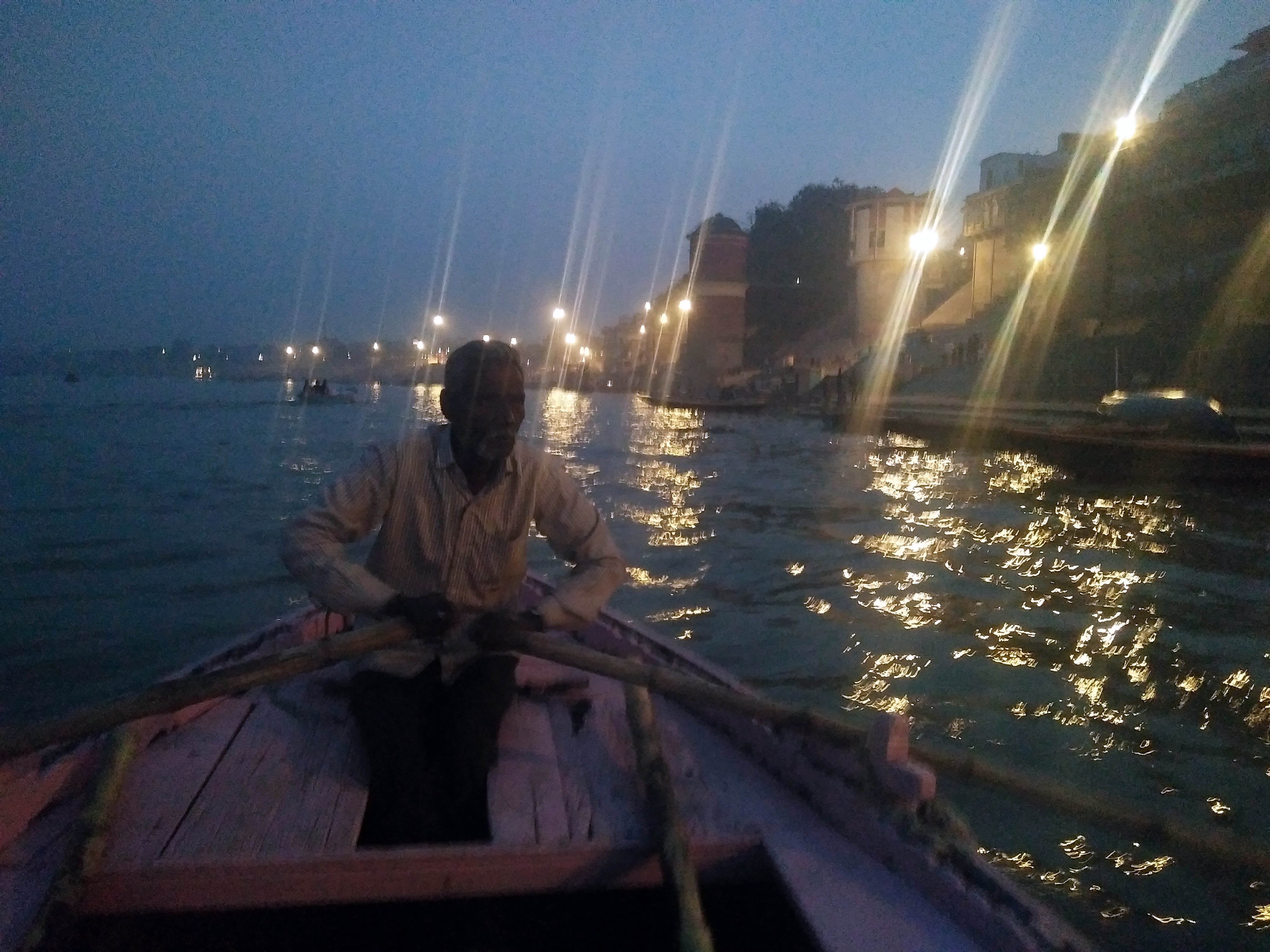VARANASI – THE CITY OF CANYONS

One of my favourite activities in my youth was to explore the frigid depths of the shadowy canyons which wind their way through the faults in Blue Mountains sandstone. We would abseil in through waterfalls in the headwaters, then clamber, swim, and rock-hop our way through the serpentine ravines until they poured their pristine waters into the greater river valleys. Their undulating, mossy walls, sculpted by millennia of eroding streams, formed an island-like seclusion for unique forms of life which inhabited that amazing world below the surface.
THE WORLD’S OLDEST CITY
Perhaps it is for this reason that I felt so at home on my recent month-long sojourn in the Indian city of Varanasi. No other city in the world can boast such sustained human habitation and the place feels like an eco-system all of its own. The cliffs which form the canyons of Varanasi are not the naturally occurring type, like those of my youth. They are formed by the crooked walls of ancient buildings which line the shores of the sacred Ganges River. These buildings are many storeys high, and are built ever closer together as you approach the river’s steep banks. The labyrinth of interconnecting access lanes forms a spider-web of alleyways, some of which are so narrow that the buildings above rub their slouching shoulders, closing out the sun.

NO VEHICLES
Too narrow for a car, or even a rickshaw, these cobblestone passageways burst with life. The main thoroughfares are lined with small businesses; chai wallahs, clothing outlets, laundry service and other skilled trades. Most of the shops have been in the hands of the same family for many generations. The streets are always awash with pedestrians as well as pesky motorcyclists with their deafening horns.
IT’S A MENAGERIE
Not only people, animals too roam the maze of alleyways which form the vascular system of India’s most holy city. An impressive herd of holy cows roams free in the streets and riverbank, scrounging for scraps and cardboard. Dogs, both wild and domestic, are everywhere, intimidating at night. Large troops of macaque monkeys patrol the rooftops, and often drop down into the streetscape to cause mischief. Goats, cats and legions of rodents add to the list. With that much wildlife, you can imagine that there is plenty of manure.

EASY TO GET LOST
Luckily, I had my Redback boots on when the guesthouse owner rescued me from the main road on the evening of my arrival. It took ten minutes of trooping through the maze of passageways, with him lugging my suitcase over the filthy cobblestones, to reach his hotel. The house itself was built by his great, great, great grandfather, and the family have welcomed guests ever since. I climbed flight after flight of worn out concrete steps to reach my little rooftop abode, with a beautiful view across the holy river. I had no idea where I was, or how to get back to the road. Just like being in the wilderness.
THE BEST PLACE TO DIE
To be cremated on a wood fire on the banks of the Ganges in Varanasi is the most auspicious way for any Hindu to be turned to dust. The closer you get the burning ghats, the more firewood you see stacked up. Every available nook and cranny is filled with huge chunks of tree. The burning ghats themselves are piled high with fuel, as are numerous barges which are tied to the nearby shore. Somehow, the sheer quantity of fuel needed to burn that many bodies haunted me more than seeing the cremations themselves.
